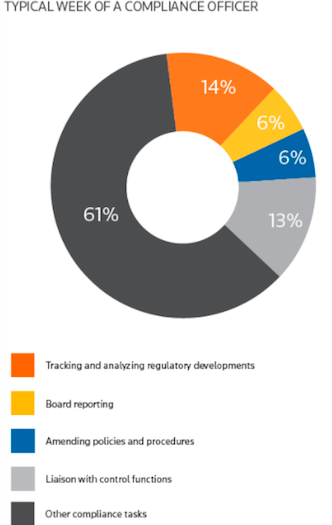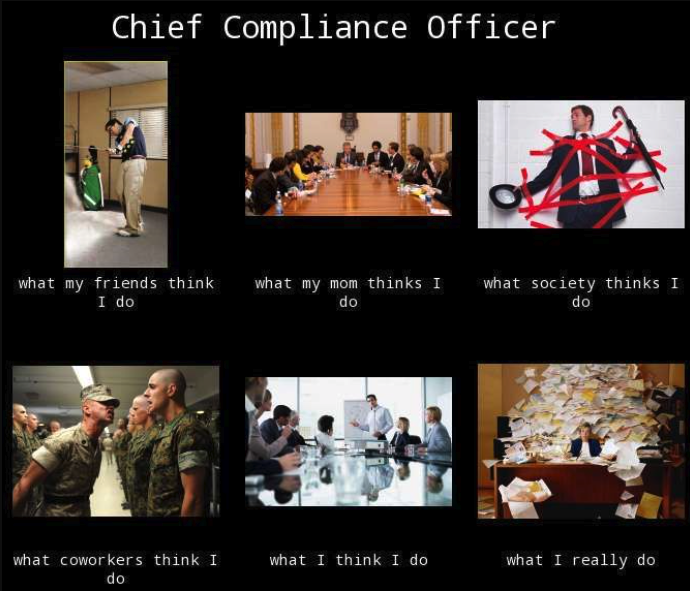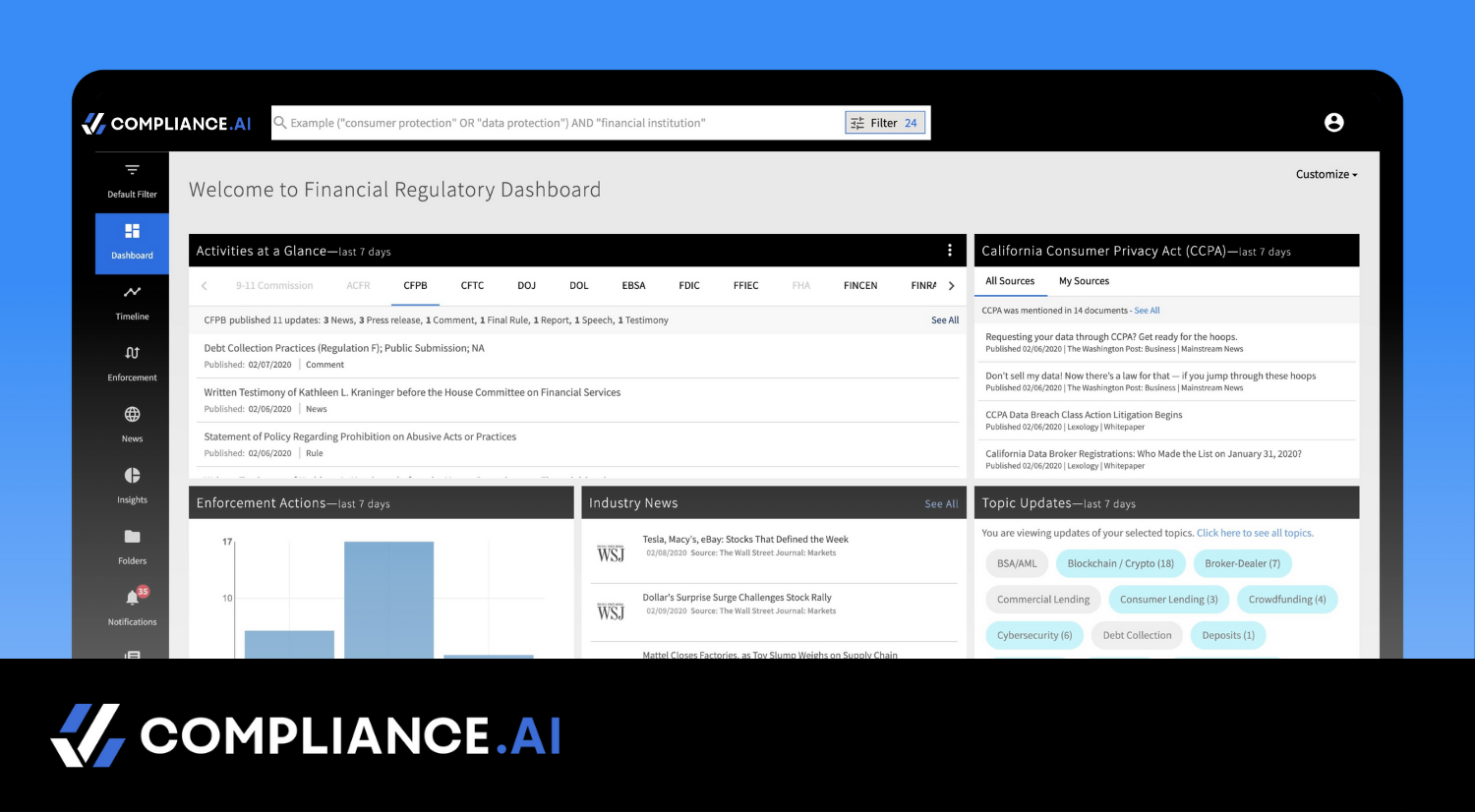What does a Compliance Officer do?
Being a Compliance Officer (CO) within a financial services organization isn’t for the faint of heart. It’s a tough job with high risks, but it can also be high in rewards. There aren’t many people out in the workforce with the fortitude and skillset to take on the task, but if you’re one of the few, then there are plenty of job opportunities.
However, the risks of the position shouldn’t be taken lightly. Penalties for noncompliance often fall squarely on the shoulders of the CO and personal liability should be a concern. Being the CO takes nerves of steel and copious amounts of patience and persistence, not to mention high levels of functional organization and self-motivation.







